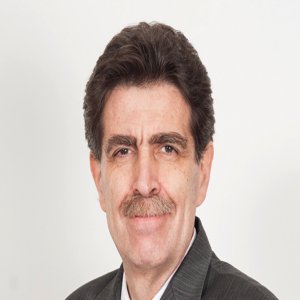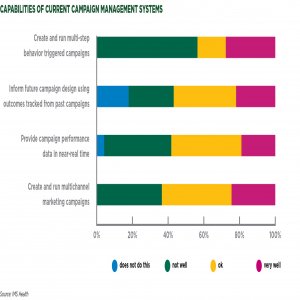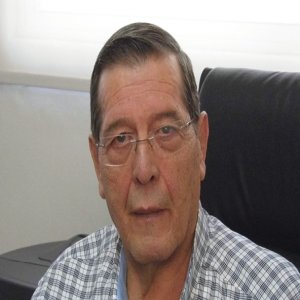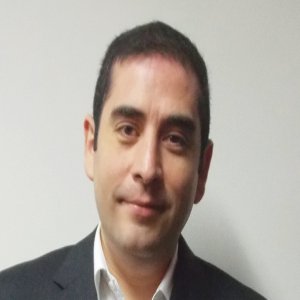Developing Innovation through Collaboration

STORY INLINE POST
With 34 centers aimed at building knowledge and innovation, the National Autonomous University of Nuevo Leon (UANL) is an integral part of Monterrey’s growing health cluster and the Center for Research and Development in Health Sciences (CIDICS) is something of a flagship in the university’s innovation strategy. Founded in 2009 by Dr. Jesús Ancer Rodríguez, the center’s watchword is integration. CIDICS’ research staff is supervised by professors at UANL’s health sciences schools, ensuring that research addresses the priority health needs of Mexico’s northeastern region. While CIDICS does have a strong biotechnology focus, its work on genomics puts UANL at the vanguard of personalized medicine in Mexico.
“The idea behind CIDICS was to build a dome under which we could bring together all of the university’s multidisciplinary laboratories in a spirit of collaboration, blending disciplines which had previously been thought of as separate,” says CIDICS’ current Director General, Carlos Eduardo Medina de la Garza. “All of our research now takes place in the same center, meaning better laboratories and inventive installations. For instance, clinical studies and biological models for medical testing exist side by side.” CIDICS has grown quickly, with 150 researchers and students comprising the center’s 18 working groups. “The most important areas of research are genomics, molecular biology, and experimental therapy,” explains Medina de la Garza. “A lot of our research – particularly in gene therapy – is tested out at hospitals in Nuevo Leon. We concern ourselves with the pre-clinical stage, while clinical testing takes place in the hospitals. At our University Hospital ‘Dr. José Eleuterio González,’ we have done a lot of successful work on prostate cancer. The major advantage of CIDIC is that: our researchers work directly with doctors. Our commitment to integration means that our researchers belong to faculties where they are working as professors. This interaction covers all the main bases of our work, from medicine to odontology, from psychology to nursing, public health and nutrition, and biological and sports science.”
Immunomodulators constitute one area of innovation in which CIDICS is a leader, with the Center’s research “The idea behind CIDICS was to build a dome under which we could bring together all of the university’s multidisciplinary laboratories in a spirit of collaboration, blending disciplines which had previously been thought of as separate” Dr. Carlos Eduardo Medina de la Garza, Director General of CIDICS, UANL team investigating the potential effect of molecules and medicines which may be useful candidates for further research and development. “This work involves detailed projections and tracking to see if these molecules merit further investigation,” says Medina de la Garza. “Many molecules are still protected by patents, and this extends to specific usage of medicines. Securing patents is the first step toward using established medicines for new purposes.”
Not content to let innovation develop in isolation, CIDICS takes care to channel innovation and healthcare where it is most needed. “Our public health department works closely with IMSS and a number of hospitals run by the state’s Secretariat of Health,” says Medina de la Garza. “All of their successful research is channeled into this collaboration, in the hope that policy will be based on our work.” The work of CIDICS translates from the campus to the issues most directly affecting people living in Nuevo Leon, with extensive outreach campaigns in a number of municipalities throughout the state. Medina de la Garza describes the center’s outreach work with some pride. “We work on very clear-cut issues, such as teenage pregnancy. We also run a working group on addiction and violence prevention programs. One of our highest-level doctors focuses her work on reintegrating addicts who are in recovery. This is unusual for research centers, so we are proud of these successful social experiments. The next step is to involve high-tech genetics studies in attacking diseases that affect the population. In this way, we can connect genetics research directly with health,” he adds, going on to mention three of the major chronic diseases affecting the Mexican population: diabetes, obesity, and breast cancer.
Certain barriers remain ahead. While the center’s medical capacity and infrastructure are not in doubt, Medina de la Garza acknowledges the distance to be run in attracting more medical tourism to the area. “We want to give foreign patients a greater sense of trust in our services. We need to strengthen our brand, both in other states and abroad,” he says. “We need state government policies to get behind us, however, and to promote innovation. We already receive a lot of US citizens, with many of them seeking transplants from Dr. David Gómez Almaguer, Head of the Hematology Service.” Another barrier is to get other members of Monterrey’s health cluster to work in a spirit of collaboration “A lot of the players tend to pursue their own interests,” he explains. “A sense of the greater good is important in this regard.” Within CIDICS, however, the spirit of collaboration is strong. “What really excites me is the degree of cooperation between schools,” Medina de la Garza says. “We share a common purpose. All medical investigation requires deep involvement from the major players in that field, so we are lucky we to have a team which recognizes this.”























